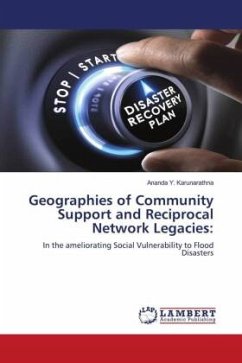Geographic Information System (GIS) has been revolutionized by information technology to an extent that daily spatial managerial problems can be integrated with it to enable managers make quick accurate decisions. In areas of humanitarian catastrophe, many Non Governmental Organizations (NGOs) / aid agencies rush to provide assistance. In many cases, they end up duplicating activities to same victims due to uncoordinated efforts. This edition is meant to open the eyes of managers so that they can adopt GIS in coordination of relief programs , avoid duplication to disease response and any other spatial related problems that requires multiple partner responses. This work is widely cited GIS application around the world for routine management of spatial organization problems.








